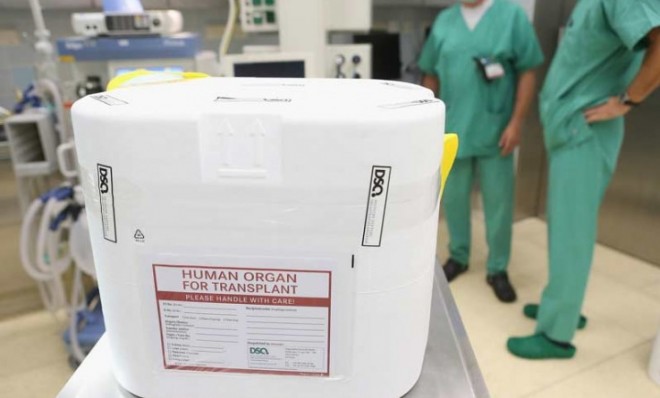How stem cells could lead to 3D-printed organs
Forget plastic toys. Researchers want to build a 3D printer that can assemble a human heart

In the future, instead of spending months waiting for a life-saving heart transplant, you might be able to just print a new heart.
That's the wild new promise of a major breakthrough in 3D printing, which seeks to enlist human embryonic stem cells to produce malleable clumps of tissue.
Normally, 3D printers put together objects layer-by-layer using plastic, metal, and other materials. Space researchers want to use it to build a base on a moon, companies like MakerBot let you print out plastic toys at home, and some people have (controversially) figured out how to use 3D printers to build their own handgun parts.
The Week
Escape your echo chamber. Get the facts behind the news, plus analysis from multiple perspectives.

Sign up for The Week's Free Newsletters
From our morning news briefing to a weekly Good News Newsletter, get the best of The Week delivered directly to your inbox.
From our morning news briefing to a weekly Good News Newsletter, get the best of The Week delivered directly to your inbox.
According to Popular Science, this new biomedical technique would use human embryonic stem cells floating in a chemical "bio-ink." These cells have the unique ability to be coaxed into any other type of tissue in body — heart cells, liver cells, bones, you name it.
The problem, until now, was that these specific type of stem cells were incredibly delicate. So delicate, in fact, that funneling them through a nozzle to form tissue clumps often left the cells dead. But researchers at Heriot-Watt University in Scotland found that by using the precision of a 3D printer, researchers could gently arrange the cells into spheroids and overlay them with bio-ink. They found that this process left close to 90 percent of the human embryionic stem cells alive after three days. Repeat this process enough times, and you could, in theory, begin to build any kind of body part imaginable.
Scientists now envision printing human tissue to test drugs, patch up damaged organs, or even build entirely new body parts, although they're the first to admit that the technique has a long way to go.
But imagine: Liver failure imminent? No problem — here's a new one. Patch of skin missing from a third-degree burn? Piece of cake. How about a new set of perfect eyes without annoying astigmatism? Here you go.
A free daily email with the biggest news stories of the day – and the best features from TheWeek.com
Welcome to the future of medicine, folks. It's going to be great.
-
 The great global copper swindle
The great global copper swindleUnder the Radar Rising prices and easy access makes the metal a ‘more attractive target for criminals looking for a quick profit’
-
 ‘They’re nervous about playing the game’
‘They’re nervous about playing the game’Instant Opinion Opinion, comment and editorials of the day
-
 Will Netanyahu get a pardon?
Will Netanyahu get a pardon?Today's Big Question Opponents say yes, if he steps down